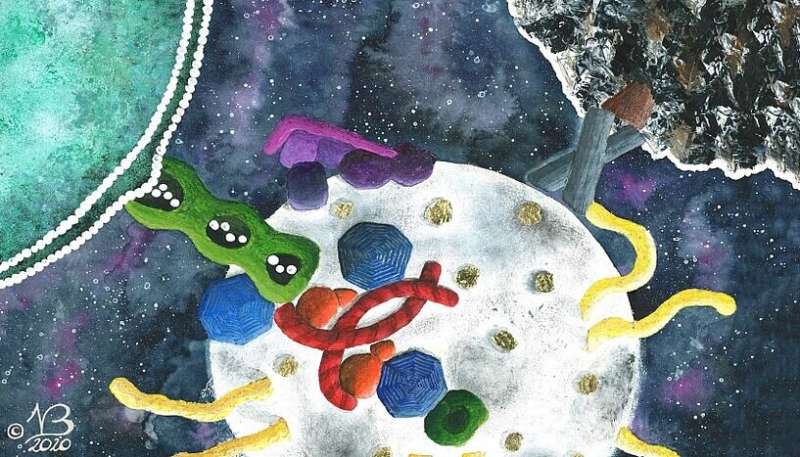
A ‘waste collection’ tidiesup our cells. If something does not go according to plan, serious diseasessuch as Alzheimer’s or Parkinson’s may develop. Molecular biologist Sascha Martens from the University of Vienna together with international partners—researchers of the University of Pennsylvania, Monash University, the Max Planck Institute of Biophysics in Frankfurt and the UC Berkeley—investigate the associated process: autophagy. Martens and his team have recently published new results on…


























